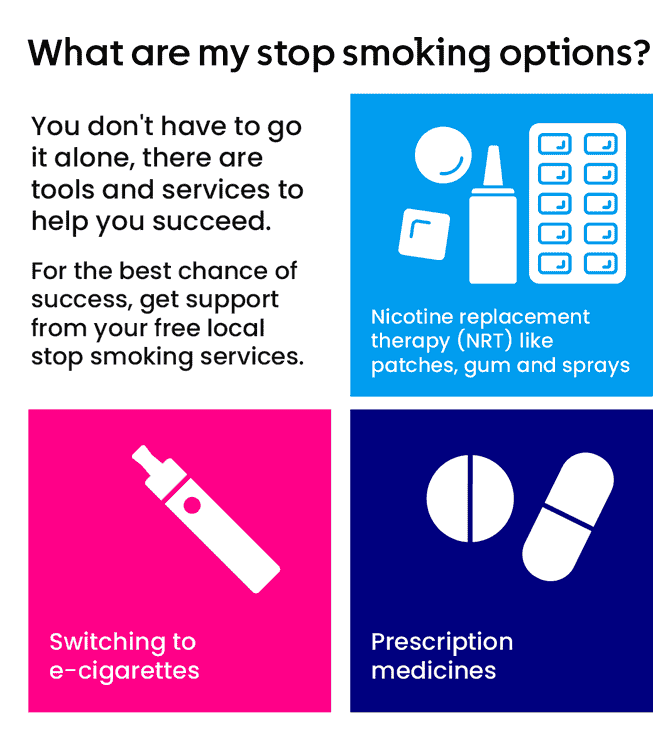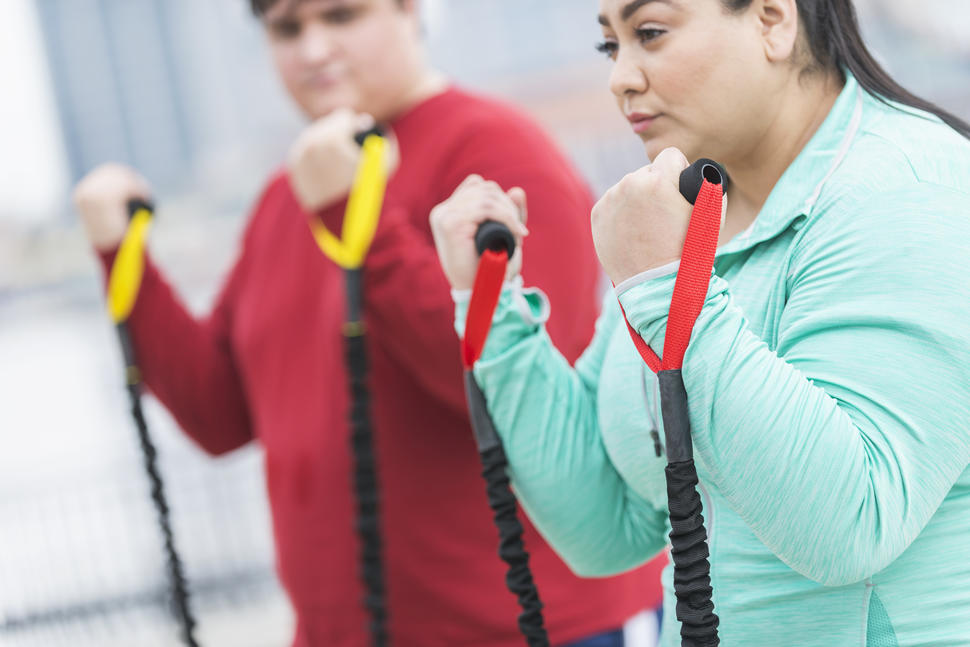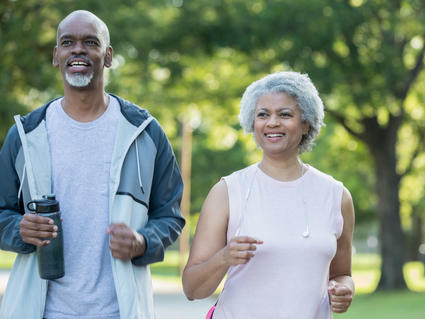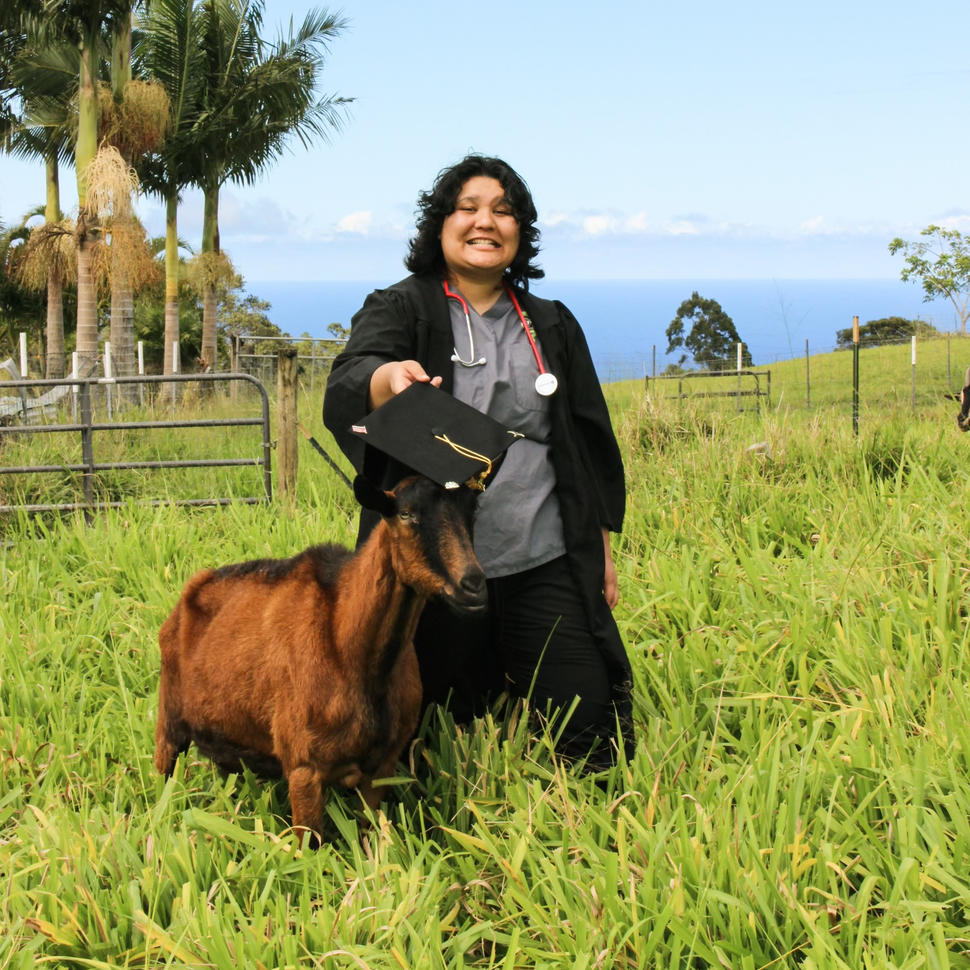An Extensive Remark on:
National cancer survivors day 2024
Organizers hold National Cancer Survivors Day® 2024 (NCSD) annually to honor survivors, highlight challenges, and promote healthier post-cancer lives.
National Center Survivors Day 2024 took place on Sunday, June 2.
NCSD sends a strong message that life continues after cancer, and survivors can live fulfilling lives.
Communities gather to honor survivors, support fighters, and emphasize early detection and research.
NCSD 2024 events include parades, carnivals, art shows, contests, and personal stories to honor cancer patients.
These events honor cancer patients’ strength and teach others about cancer prevention and treatment options.On June 5, 1988, the first National Cancer Survivors Day
Since then, it has grown into the biggest event for cancer survivors every year.With people from all over the world taking part.The National Cancer Survivors Day Foundation is actively working to celebrate this day worldwide. Aiming to reach more groups and individuals affected by cancer.
The National Cancer Survivors Day 2024 Foundation offers tools and support to help people.Whoever wants to take part in or plan events for future celebrations makes these events more powerful and meaningful. Their main website has details about how to plan the event, promotional materials, and ways to join the party.
On National Cancer Survivors Day 2024, people worldwide demonstrate that life continues after a cancer diagnosis and reaffirm their commitment to helping those affected by it.
The Meaning of Cancer Survivorship
A cancer survivor is anyone living with a history of cancer, from the moment of diagnosis through the remainder of life. This includes:
| Category | Description |
|---|---|
| Individuals currently undergoing treatment | People who are actively receiving chemotherapy, radiation, surgery, or other cancer treatments. |
| Those who have completed treatment | Individuals who have finished primary treatment and are in remission or recovery. |
| People living with cancer as a chronic illness | Patients whose cancer is managed long-term with ongoing treatment and care. |
| Long-term survivors | Individuals who have been cancer-free for several years but may still face health challenges related to past treatments. |
Challenges for National Cancer Survivors
National Cancer Survivors Day (NCSD) 2024 is a day to celebrate life and strength, but it also reminds us that many cancer survivors continue to face challenges even after their treatment. Surviving cancer isn’t just about beating the illness. It’s also about dealing with the various physical, mental, financial, and social difficulties that can last for months, years, or even a lifetime. These challenges can greatly affect a survivor’s quality of life and need ongoing help from doctors, caregivers, and the community.
1. Physical Health Problems
Cancer and its treatments can have ongoing physical effects, and sometimes these effects can be permanent. Many survivors have lasting side effects that impact their health and daily life. Some of these physical challenges are:
- Chronic fatigue: A common problem that lasts long after treatment, making everyday activities very tiring.
- Chronic pain: Surgical scars, nerve injury, and radiation can lead to lasting pain.
- Harm and problems with organs: Some cancer treatments, like chemotherapy and radiation, can harm important organs like the heart, lungs, liver, and kidneys for a long time.
- Weaker immunity system: Survivors might be more likely to get infections because some medicines can weaken their immune system.
- Neuropathy: Many people have nerve damage that leads to numbness, tingling, or pain, especially in their hands and feet.
- Osteoporosis and bone health problems: Some treatments can make bones weaker, raising the chance of breaks.
- Hormonal imbalances: Some cancers and their treatments can cause hormonal changes that affect metabolism, weight, and general health.
- Secondary cancers: Survivors might have a higher chance of getting another cancer because of the long-term impact of their treatment.
To handle these health issues after cancer, you often need ongoing medical care, rehabilitation, and changes to your lifestyle. This means taking a complete approach to healing.
2. Emotional and Mental Health Struggles
Cancer affects not only the body but also has a deep emotional and mental impact on those who survive it. A cancer diagnosis and its treatment can cause fear, worry, and trauma, which may result in long-lasting emotional issues, including:
- Anxiety: Many patients frequently worry about cancer coming back, health problems, and what the future holds.
- Depression: Cancer can bring feelings of sadness, hopelessness, and a lack of purpose because of its physical and mental challenges.
- Post-Traumatic Stress Disorder (PTSD): Some survivors may experience PTSD, which includes flashbacks, nightmares, and intense mental pain about their cancer experience.
- Worries about body image and self-esteem: Treatments such as surgery, chemotherapy, and radiation can change how someone looks, which might make them feel self-conscious, embarrassed, or struggle to accept these changes in their body.
- Survivor’s guilt: Some survivors feel guilty and wonder why they lived when others did not.
- Cognitive challenges (“chemo brain”): Many people say they have memory loss, trouble focusing, and mental confusion after chemotherapy or radiation.
Getting guidance, therapy, support groups, and mindfulness activities can be very helpful for survivors in dealing with their emotional and mental health issues.
3. Money Worries
The financial burden of cancer can be heavy and may last even after treatment ends. Many survivors deal with:
- High medical costs: Cancer treatments, ongoing care, drugs, and rehab can be very costly, even for people with insurance.
- Loss of income: Being away from work for a long time because of treatment and healing can cause money problems.
- Challenges in getting insurance: Some survivors find it hard to get cheap health or life insurance because of rules about pre-existing conditions or because the costs are too high.
- Ongoing care costs: Many survivors need long-term medications, physical therapy, mental health counseling, and frequent doctor visits, which can be expensive.
- Survivors may have difficulties going back to work. They might lose their jobs, have fewer hours, or face unfair treatment from bosses who think they can’t do their jobs anymore.
Programs that provide financial help, workplace rules that support cancer survivors, and laws to improve access to healthcare are important for solving these financial challenges.
4. Returning to Society and Work
Getting back to normal life after surviving cancer can be a mental and social challenge. Many survivors struggle to go back to their usual habits, whether it’s in relationships, at work, or in social activities. Some of the main challenges are:
- Getting used to a “new normal”: Life after cancer is usually not the same as before, and it can be hard to get used to the physical and mental changes.
- Tense relationships: Cancer stress can affect interactions with family, friends, and partners, which may cause feelings of loneliness or being disconnected.
- Challenges at work: Going back to work can be challenging, especially for people with memory problems, tiredness, or discrimination at work. Some survivors might need special help or changes in their jobs because of physical difficulties.
- Social stigma: Cancer survivors might face judgment or misunderstandings from people who don’t know how the disease affects them in the long run.
- Loss of self: For many people, dealing with cancer changes how they see themselves. It makes them think about their purpose, values, and what lies ahead.
Support networks, mentorship programs for survivors, and adjustments at work can help make the return to daily life easier.
Cancer survivorship means more than just surviving; it’s about living well, recovering, and fully enjoying life with strength and hope.
Events & Activities
Organizations, hospitals, and cancer support groups worldwide host various events, including:
| Event Type | Description |
|---|---|
| Survivor Reunions | Bringing together cancer survivors and caregivers for a celebration. |
| Awareness Campaigns | Social media movements, awareness walks, and educational programs to spread knowledge about cancer survivorship. |
| Fundraising Efforts | Charity runs, donations for cancer research, and financial aid programs to support survivors and their families. |
| Inspirational Talks & Workshops | Survivors share their journeys, and medical professionals discuss advancements in cancer care and treatment. |
Program Helps Medically Underserved Minority Cancer Survivors Be More Active:
Physical activity can have many benefits for cancer survivors, from improving their quality of life to potentially making it less likely that their disease will come back. Yet studies have shown that many cancer survivors struggle to get the recommended levels of physical activity, particularly those affected by health inequities.
Now, according to the results of a new study, a program in Texas has shown it can get these cancer survivors moving more by supporting them in the communities where they live and by getting their caregivers to become more active as well.
The cancer survivors and caregivers were participants in a 12-week program called Active Living After Cancer. After completing the program, the percentage of survivors getting recommended levels of physical activity jumped dramatically, from 29% to 60%. Survivors also reported improvements in their physical functioning and overall quality of life. Caregivers made similar gains in all three areas.
The findings were published April 30 in the Journal of the National Cancer Institute.
“I was surprised to see such substantial improvements,” said the study’s lead investigator, Scherezade K. Mama, Dr.P.H., of the University of Texas MD Anderson Cancer Center. “I think it speaks to the need” for such community-based physical activity programs.
Lindsey Page, Ph.D., M.P.H., of NCI’s Office of Cancer Survivorship, said the results confirm the value of efforts to help improve physical activity among survivors, particularly given that a lack of activity is a significant contributor to cancer health disparities.
“It’s really important to have programs like this, so that all cancer survivors have equitable access to physical activity,” Dr. Page said.
The Active Living After Cancer program was originally developed by Karen Basen-Engquist, M.D., and colleagues at MD Anderson to help breast cancer survivors increase their level of physical activity. Following the program’s success, it was adapted for medically underserved and minority breast cancer survivors to meet their specific needs.
More recently, it was further adapted and made available to survivors of any cancer type, particularly those from medically underserved groups. So, Dr. Mama and her colleagues wanted to assess whether the program was effective for this larger group of cancer survivors.
They also included caregivers, who also often fail to get enough physical activity. Including caregivers also serves another function, Dr. Mama said, because “particularly among racial and ethnic minorities, family support and social support in general are really important for behavior change.”
Modest improvements in quality of life
Dr. Mama and her colleagues at MD Anderson partnered with nonprofit health-based organizations in Houston and El Paso and trained health educators to deliver the physical activity program to survivors in their own communities.
From 2017 to 2020, the National Cancer Survivors Day 2024 community partners recruited 540 cancer survivors and 87 caregivers from the greater Houston and El Paso areas. Of those, 474 survivors and 68 caregivers completed the follow-up assessment. Most participants were female, Hispanic, and medically underserved. The program was free to participants and was delivered in English and Spanish.
During weekly sessions, participants engaged in a variety of exercises, received training in cognitive and behavioral skills such as time management and goal setting, and discussed topics such as nutrition.
Organizers provided each participant with a resistance band and a pedometer, encouraging them to engage in at least 30 minutes of moderate to vigorous physical activity, 5 days a week. Participants completed an exercise questionnaire and fitness assessment at the beginning and end of the 12-week program.
About 76% of participants stayed in the program for all 12 weeks, attending nearly 80% of sessions.
Many survivors met physical activity recommendations after completing the program and showed modest improvements in physical functioning.
Participants in NCSD 2024 increased their sit-to-stand repetitions from 12.3 to 14.3 in 30 seconds.Participants also reported improvements in their physical and mental well-being.
Asian participants and those with at least a college education had the greatest increases in physical activity.
Caregivers also reported increased physical activity, as well as improved physical function, quality of life, and mental well-being. Over the 3-year evaluation period, the percentage of caregivers meeting physical activity recommendations increased from 36% to 71%.
Involving caregivers in the program was crucial, Dr. Page said.
“We know that people tend to be more active when they have others who can support them,” she said. “
And there’s an added bonus as well. “You’re also providing a service for caregivers that can help them maintain their health and physical function,” Dr. Page continued.
Serving as a model for other survivorship programs
Dr. Page hopes the program will expand to include survivors from other areas, especially those in rural regions.
She suggests focusing on providing care for survivors who may not get medical clearance for physical activity programs.
Dr. Page said survivors who need extra support or supervision may still benefit from more physical activity.
Dr. Mama noted they’ve expanded the program across Texas and will offer a fully virtual option soon.
They’re also creating a toolkit to help other cancer centers start physical activity programs for survivors.
After 20 years of work, Dr. Mama said the program has achieved its goals and sparked lifelong changes.
The program has helped cancer survivors live longer, healthier lives, she added.
Cancer Survivor:
Kamalani
Childhood National Cancer Survivors Day:
“Cancer in childhood makes it hard to remain a child,” Kamalani said, managing treatment side effects.
Diagnosed with acute lymphoblastic leukemia at age 5, she struggles with slower processing speed and learning difficulties.
Kamalani, an agriculture graduate, volunteers at Camp Ānuenue, helping young cancer patients research long-term effects.
She hopes, “We keep working toward understanding long-term side effects and creating plans to prevent cancer.”
This article is from the National Cancer Institute. For more information about this article, click here.
Causes of Cancers:

Nicotine is the chemical that makes smoking so addictive. These stop smoking tools are designed to help you control cravings for nicotine. Your stop smoking advisor, doctor or pharmacist can give you advice on which tool or combination of tools could work for you.
Whichever tool you’re using, make sure you follow their advice and the manufacturer’s instructions. All the tools are most effective when you use them with advice and support from a stop smoking service.
Stop smoking medicines
- Stop smoking medicines can reduce your cravings and help with nicotine withdrawal symptoms.
- You need a prescription for these medicines.
- Ask your doctor about the options for stop smoking medicines.
Nicotine replacement therapy (NRT)
- NRT gives you nicotine to satisfy your cravings without the harmful chemicals in tobacco smoke.
- There are lots of different types, including nasal sprays, gums and patches. You can obtain NRT on a prescription from a doctor, through a free local stop smoking service, or purchase it over the counter at a pharmacy or supermarket.You can obtain NRT on a prescription from a doctor, through a free local stop smoking service, or purchase it over the counter at a pharmacy or supermarket.
- our cravings but don’t contain tobacco, so they’re far less harmful than smoking.
- You can buy them from specialist vape shops, some pharmacies, supermarkets and convenience stores.

This article is from Cancer Research UK
Conclusion:
In summary, National Cancer Survivors Day 2024 is an important and uplifting event that not only represents hope, strength, and support for cancer survivors but also highlights the ongoing challenges they face. Moreover, it serves as a reminder that surviving cancer is not just about beating the illness but rather about embracing and enjoying life after it. Even though difficulties may arise, this day encourages survivors to keep moving forward while also inspiring communities to offer continued support. Ultimately, it reinforces the message that life after cancer can be fulfilling, meaningful, and full of possibilities.
This day brings together survivors, guardians, healthcare workers, and communities to work together to help people who have experienced cancer. It shows the great work in medical research and stresses the need to keep improving treatments, support, and care for survivors.
We celebrate the strength of cancer survivors and remember that we all have a role in creating a future where fewer people are diagnosed with cancer. For those who are diagnosed, we want them to have better treatments, more support, and a healthy future. National Cancer Survivors Day is more than just a date; not only does it serve as a symbol of hope, but it also encourages action and celebrates life.
More Information you gain from our website: cancerinfo.blog



